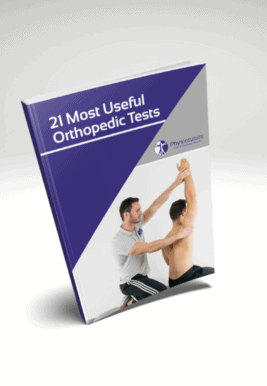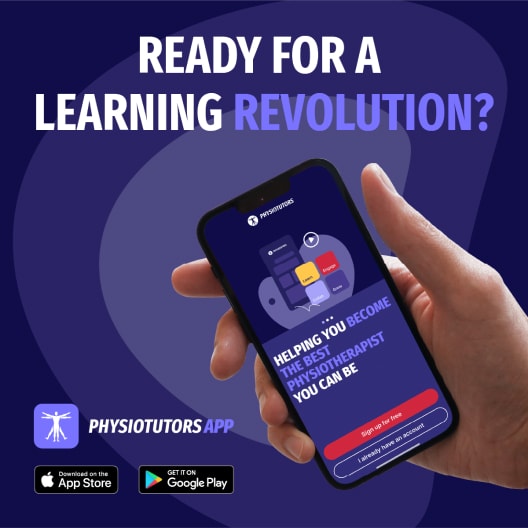Learn
Motor Control Dysfunction Screening | Test Battery by Luomajoki
Almost everyone experiences low back pain at least once in a lifetime. Only 10% of cases of patients suffering from low back pain can be attributed to a specific pathology. We are talking about fractures, tumors, spinal stenosis, nerve root pathology, and such. The other 90% of cases are nonspecific, meaning there is no pathoanatomic cause for the pain.
Nonspecific low back pain can further be subdivided into non-mechanical and mechanical. Pain in the non-mechanical group can be attributed to central maladaptive processes influenced by the presence of yellow flags and other psychosocial factors.
This non-mechanical low back pain makes up around a third of the nonspecific cases. The other 70% are mechanical and either movement or posture dependent. Often times nothing is structurally wrong, the patient has simply lost conscious control over movements in the low back leading to pain.
Luomajoki et al. (2007) have developed a 6-test-screening tool to assess movement control dysfunction in patients with nonspecific low back pain. They found substantial intra- and inter-rater reliability with a KAPPA of >0.6. Secondly, there was no significant difference between novice and experienced clinicians rating the patients movement. Furthermore, when low back pain patients performed the tests, there was a clear and significant difference in movement control to healthy subjects.
Waiter’s Bow
The first test of the test battery is the so-called Waiter’s bow. It assesses control over the lumbar spine during a hip hinge. The goal is to bend forwards from the hips whilst maintaining a neutral spine.
Correct:

Incorrect:

Posterior Pelvis Tilt
Secondly, the patients are instructed to perform a posterior pelvic tilt which induces flexion at the lumbar spine.
Correct:

Incorrect:

Single-leg stance
Third, is single leg stance. The patient is instructed to stand with the feet apart at one-third of the intertrochanter distance. Then the patient proceeds to stand on one leg. The amount of lateral shift is measured. The norm is 8cm and a discrepancy of more than 2 cm between sides is considered abnormal.
Correct

Incorrect:

Sitting knee extension
The next test is sitting knee extension. For the test, the patient is in an upright sitting position on the bench with legs hanging freely. The lumbar lordosis is corrected. The patient is instructed to extend the knee without movement (i.e flexion) of the low back.
Correct:

Incorrect:

Forward/Backward Rocking
Next, the patient’s movement control is assessed during forward and backward rocking in four-point kneeling position.
For forward rocking, the patient is instructed to move the pelvis forwards without extending the low back.
Correct:

Incorrect:

For backward rocking, the patient is asked to transfer the pelvis backward whilst keeping the back neutral.
Correct:

Incorrect:

Prone Knee Bend
The last test is the prone knee bend. The patient lies in prone position and is asked to bring the heel to the buttock.

Incorrect:

In the trial all patients received standardized instructions. For example in the prone knee bend test the assessors told the patient to: “please bend your knee as far as you can without moving your back” and: “keep your back in a neutral position, do not let it move while bending the leg”,
If the patient did not understand how to perform the test, it was explained again and demonstrated by the examiner. If the patient was still performing the test incorrectly, it was permitted .
So what can you do with a patient once you figured out their movement control dysfunction? Be sure to check out our post here to learn about some interventions!
21 OF THE MOST USEFUL ORTHOPAEDIC TESTS IN CLINICAL PRACTICE

If you are curious about other tests for motor control impairment in the lumbar spine, check out the following posts:
There are several orthopedic tests for the diagnosis of radiographic lumbar instability:
References
Like what you’re learning?
BUY THE FULL PHYSIOTUTORS ASSESSMENT BOOK
- 600+ Pages e-Book
- Interactive Content (Direct Video Demonstration, PubMed articles)
- Statistical Values for all Special Tests from the latest research
- Available in 🇬🇧 🇩🇪 🇫🇷 🇪🇸 🇮🇹 🇵🇹 🇹🇷
- And much more!








